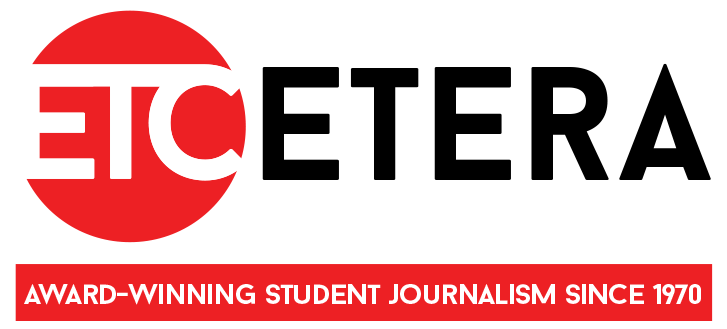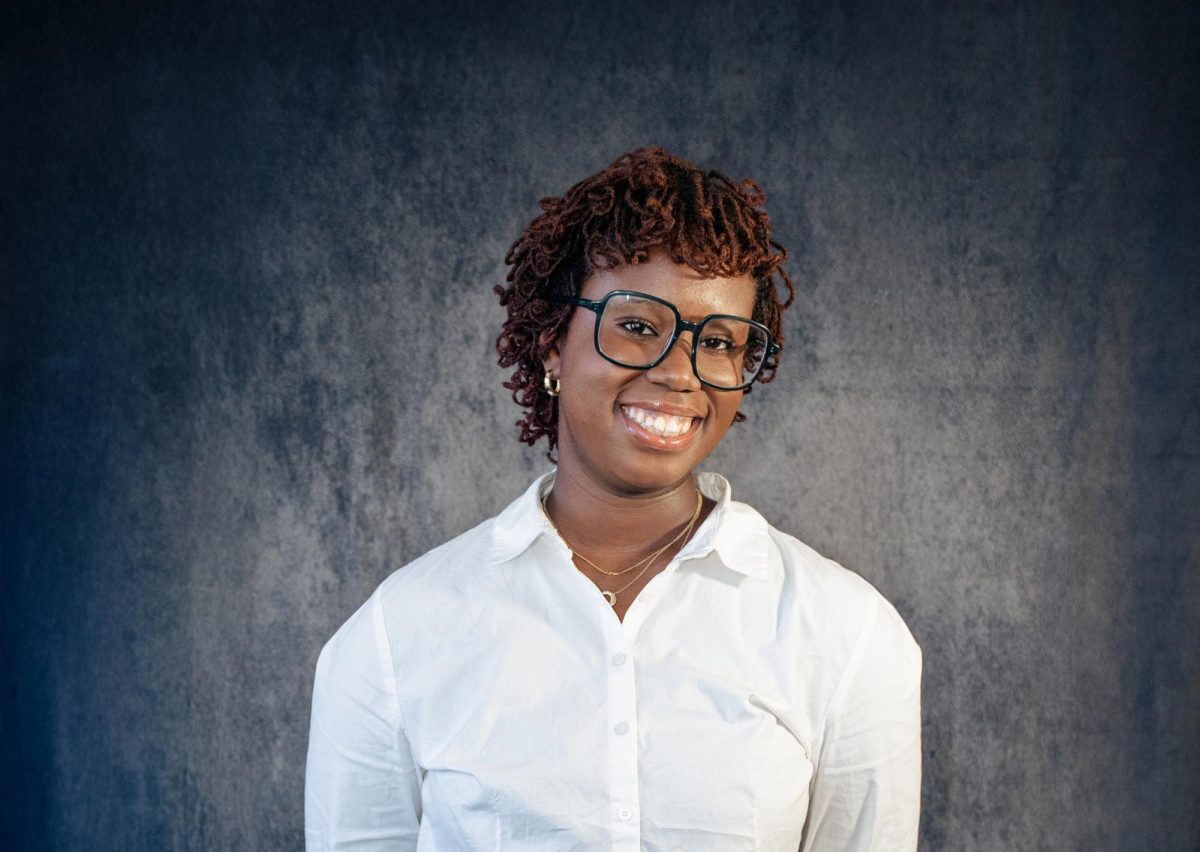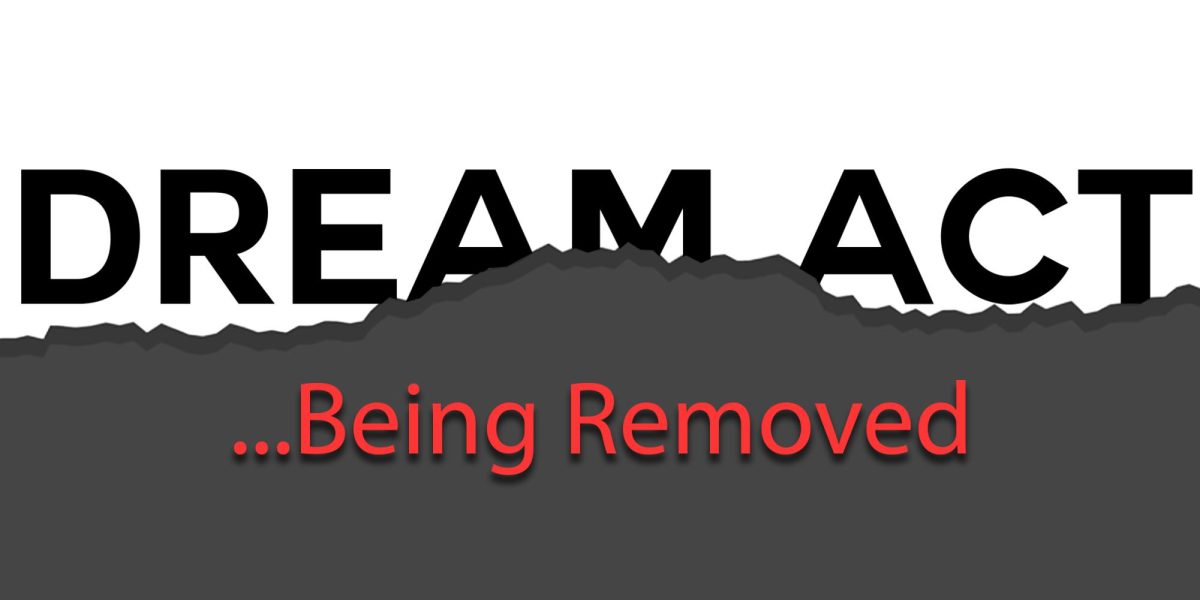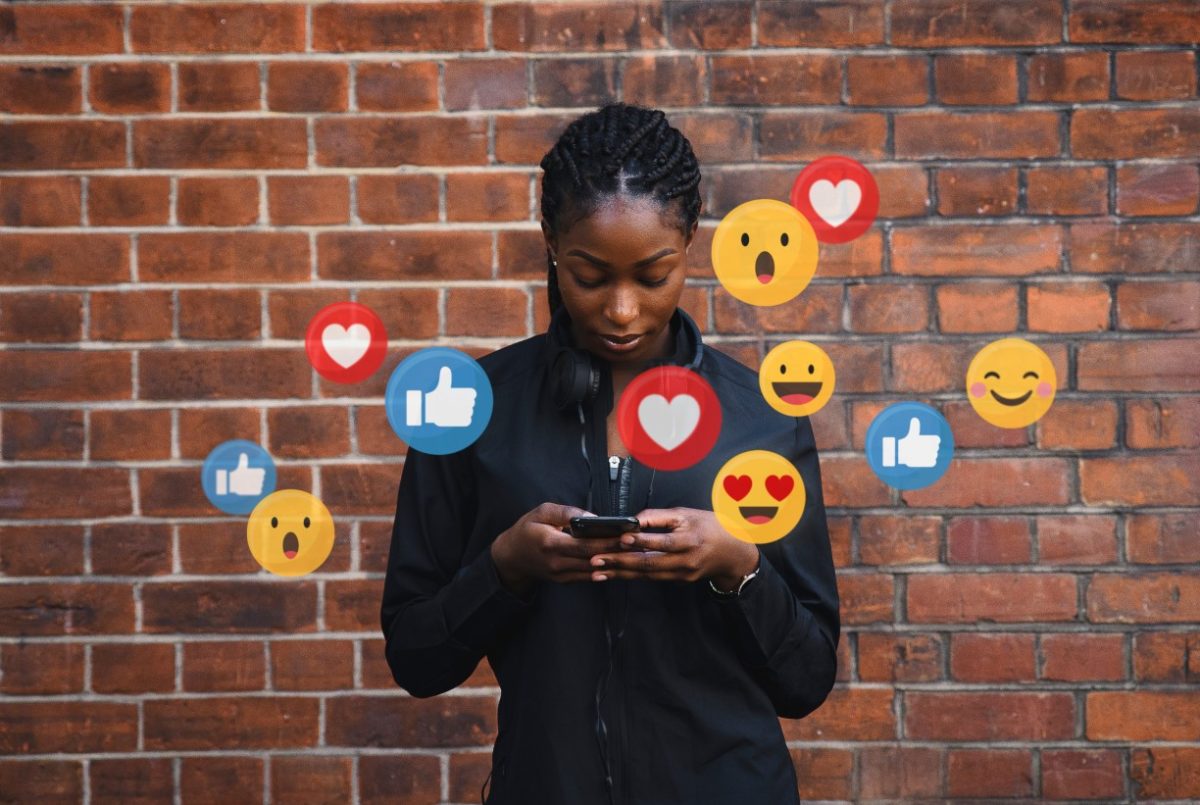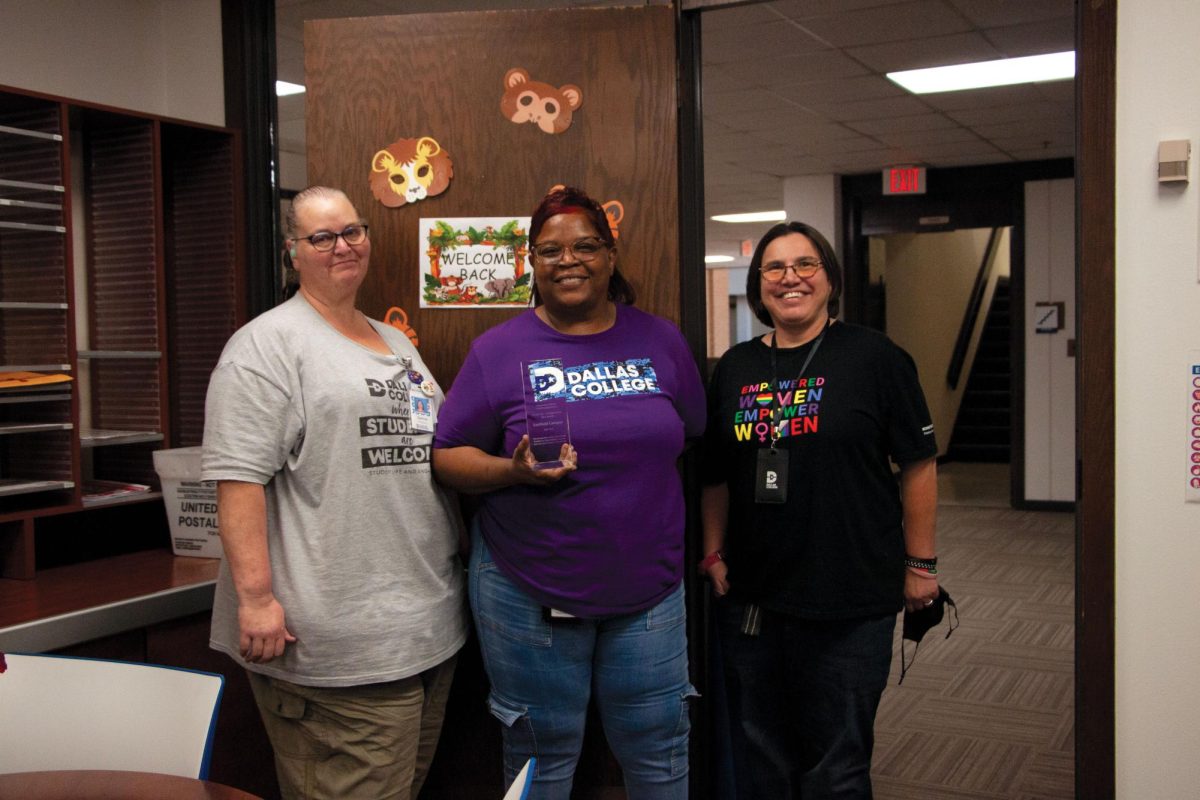Eastfield is home to 179 art pieces with countless stories connected to them that the average student or staff member may not even think of. Eastfield held a Permanent Art Collection Tour on April 29, with the help of Dallas College’s Gallery Team tour guides. Artists from numerous cultures with an array of skills are fostering a more inventive and vibrant culture on campus.
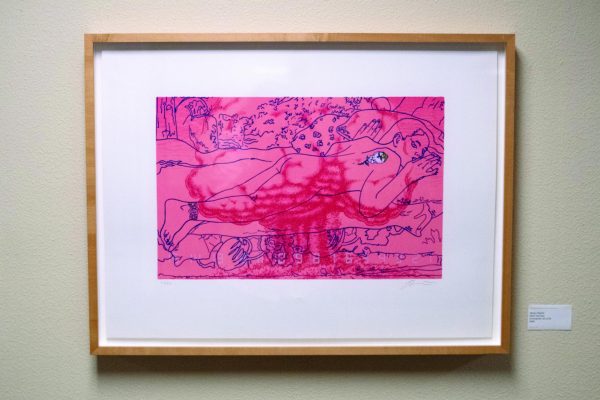
In 1974, a helicopter delivered an art piece to Eastfield that weighed 4,000 pounds. Named Solar Magnet No. 29. and created by Raffaele Martini Pandozy, it is monumental not only in size, but also for being the first piece in Eastfield’s permanent collection. Pandozy was born in Rome, Italy in 1937, and then moved to the United States in 1967. He received his master’s in sculpture from the University of Dallas before traveling to New York City for his PhD in art education. Pandozy did not feel entirely at home with the art scene in New York, so he decided to move back to Dallas, continuing his sculpture practices and settling down. He passed away in 2018, but his legacy lives on in many museums and locations. Padozy’s statement, “What we need in this historic time is for artists to understand that their place and function in the world is to provide examples of ethical behavior,” still rings true today.
Pandozy’s piece sits in front of the A building, where more of the permanent collection is housed. Resting upon a wall in the Eastfield President’s suite is the 2010 oil painting “CD 11-1”, painted by Vincent Falsetta. Falsetta began his story in Philadelphia, Penn. He received his bachelor’s and master’s in painting and drawing from Temple University, with many of his art pieces still being showcased there. He taught throughout the United States before settling in Denton, Texas where he continues to serve as a professor at the University of North Texas. Falsetta explains: “My paintings, though distinctly abstract, tend to suggest waves of sound, light or seismic activity. They evoke the natural world while acknowledging the technology that measures or records it.”
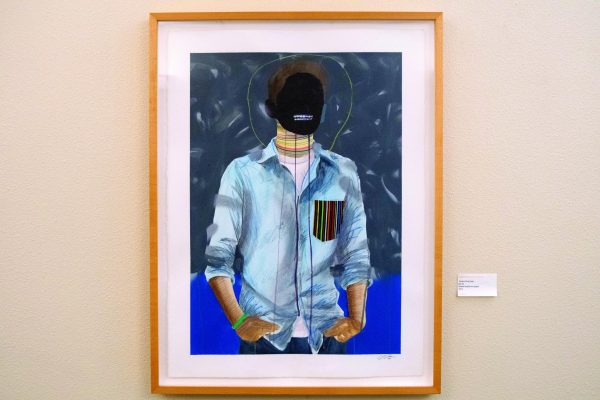
The art piece Porcelain Furry, a ceramic sculpture created by Linda Lopez, lives in the F building. Lopez is a Californian native who earned her master’s of fine arts at the University of Colorado Boulder. Soon after, she started teaching ceramics at the University of Arkansas and she continues to teach there today.
Her furry sculptures are a part of a main art series she creates, utilizing the materials of terracotta, earthenware clay and porcelain. In Porcelain Furry, she applied little bits of metal to construct a gold and silver tint in her artwork. Her pieces have traveled all around the United States and in Mexico City. “Porcelain Furry” was acquired in 2015 when Lopez and her partner, Matthew McConnell, were showcased in a two-person show at Eastfield.
In the quiet halls of the F building is an art piece named “Chocolate,” by Stephen Lapthisophon. Born in Texas in 1956, Lapthisophon became interested in art and later attended the University of Texas at Austin, where he received his bachelor’s in fine arts.
His art traveled from San Diego to Chicago, being featured in numerous museums, art galleries and art centers. Lapthisophon was not immune to life’s challenges. By 1994, he had suffered a deterioration of his optic nerves and was declared legally blind, but he refused to let that stop him.
For the last 30 years, Lapthisophon’s work has helped him express his experience of the sensory world. “Chocolate” not only includes canvas and ink, but also salt, sugar, coffee and foil. As Lapthisophon explains, “I’ve been more and more drawn to create pieces involving a commentary on the sensory world as understood through food, cuisine, cooking and [the] interaction through food in the art audience.”
Lining the walls of the G building is the work of Carlos DonJuan. Born in San Luis Potosí, México in 1982 and then moving to Dallas at the age of three, DonJuan became influenced by a variety of cultures in cartoons, comic books and lowrider culture. In his mixed-media art piece, “Joe Se,” DonJuan plays with the term that’s been used against him, “alien.” As a kid, he would always hear the term “illegal alien” and would imagine playful, cartoonish little creatures with three eyes, two mouths and two heads. But, as he got older, he realized, “Oh, they’re talking about me.” Instead of letting that be used against him, he transformed it into art that reimagined what people tried to use against him. He currently teaches at the University of Texas and holds exhibits internationally, with his work being showcased in the Cheech Marin Collection at the Cheech Museum. He also co-founded Sour Grapes, a Dallas-based artist collective that creates murals, hosts workshops and mentors at-risk youth.
Stories surround us every day and most people never take the time to learn about them. It’s important to take the time to listen to what other people have experienced, gaining an understanding that will allow future generations to change for the better.
